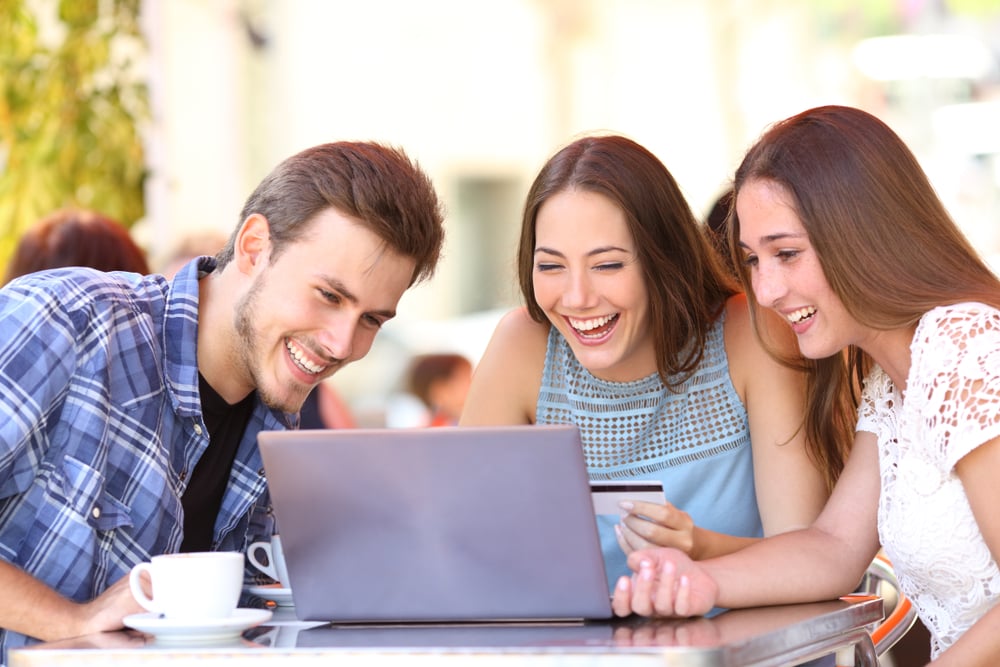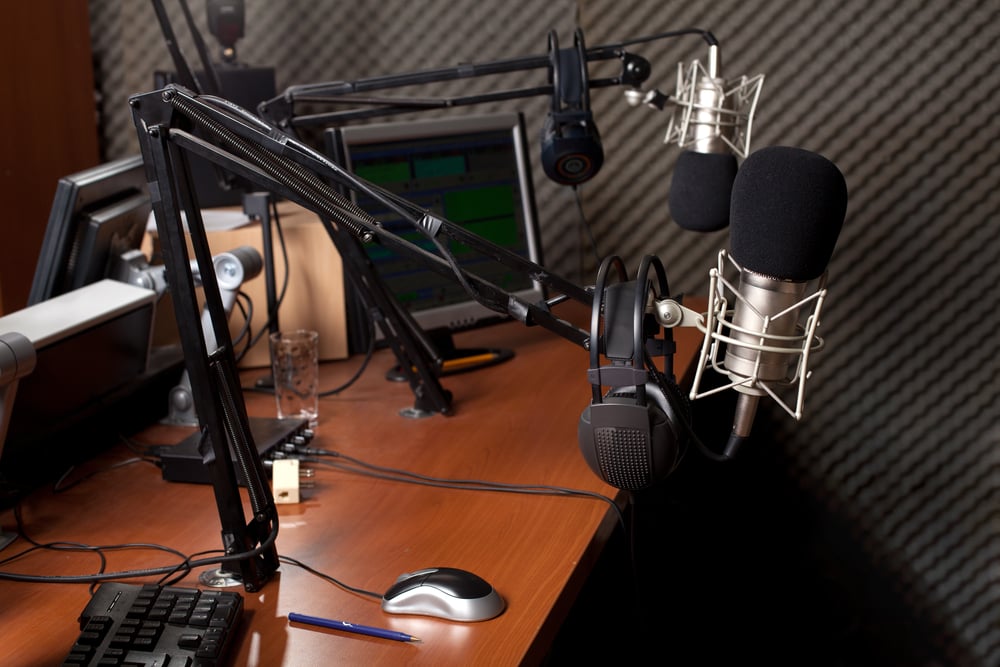
“Marketing that works is marketing that people choose to notice,” Seth Godin once rightly observed. We agree – to a point. In our view, it’s much more than that. Marketing that works is not only marketing that people choose to notice, but marketing they choose to talk about as well.
“Marketing that works is marketing that people choose to notice,” Seth Godin
 Last year, in a landmark study, we proved consumer conversations – both offline (face-to-face) and online (social media) – drive 19 percent of sales. This represents between $7 and $10 trillion in sales each year, which confirms there is a meaningful relationship between consumer conversations and sales.
Last year, in a landmark study, we proved consumer conversations – both offline (face-to-face) and online (social media) – drive 19 percent of sales. This represents between $7 and $10 trillion in sales each year, which confirms there is a meaningful relationship between consumer conversations and sales.
Two other findings from the study are also instructive for brand and marketing managers. First, offline conversations have as much of an impact on sales as online conversations. Second, the conversations happening in real life are very different from those occurring in social media. The only way for brands to achieve the full impact of each is to motivate consumers to talk about the brand in both spheres.
To be successful, then, brands should develop a holistic social strategy. Start by understanding what consumers are saying about your brand both online and offline, what is driving those conversations and how they are different. This “TotalSocial” approach to measuring offline and online conversations will help you create an effective integrated strategy, allowing you maximize the power of social influence.
Once you understand what drives consumers to talk about your brand, you can develop strategies to amplify conversations. Here are five ideas to make that happen.
5 Ways to Drive Conversations About Your Brand
Design for the buzz. Brands should design creative for the specific purpose of motivating consumers to talk about their products and services. There are many ways to do this. Some brands rely on humorous advertising, as P&G’s Tide did in its “It’s a Tide Ad,” which recently won a Grand Prix at the Cannes Lions. Corporate news, such as new product launches or social initiatives, also encourage consumers to talk about your brand. Be sure to provide consumers with content –TV advertising, news, in-store promotions, or social posts – they’ll be eager to share.

Make it easy for happy customers to share. What’s the best way to gain a new customer? Get existing customers to refer your brand. Happy customers are some of your most powerful assets as they’re more likely to share positive experiences about your brand. Those who also possess considerable “social value” in terms of their ability to influence their personal social networks will have an outsized impact on your sales. Identify these advocates and put them at the center of your marketing plan. Engage them with targeted campaigns that create more reasons to recommend your brand.
Motivate the wider everyday influencer network. Celebrities with large followings on Instagram are seductive to many marketers who want to pay them to get their message out. But far more influence comes from the “influencer next door,” the person everyone turns to for advice on what to buy, where to visit and what to eat. They’re the ones who keep up with what’s new and relish the idea of being the go-to-resource for advice. For example, luxury car maker Ferrari played into car aficionados’ desires by unveiling a new convertible that tops out at 199 mph. The new engine revved consumer conversations among offline influencers, and was the driving factor behind its number one ranking as the brand that is most successful with offline influencers in our annual rankings. The lesson? Be sure to know where your brand stands among these real-world influencers and focus on motivating them to spread the word.
Tap into the power of the crowd. When people consume media in a social environment – to watch a football game, attend a concert or gather together for any reason - they are far more likely to talk about commercials. Not only do they talk during such events, but they share their impressions with others in the days that follow. If you want viewers to amplify your paid and owned media, then media planning for consumer conversations is a top priority.
Create real-life and social media campaigns that work together. Upwards of 25% of all offline conversations now include people talking about what they see in digital media, and a brand’s website is the number one digital driver of conversation. Just as consumers move seamlessly between their offline and online worlds, brands must do so as well. Thus, create integrated campaigns in which both online and offline components work together. Invest more – not less – in your website, especially in developing the type of content that makes it easy for your most loyal advocates to evangelize your brand.
At first, you may find it challenging to implement these strategies. You’ll have to break down the marketing silos and encourage teams to work together, but the payoff is worth it. After all, marketing that works – that increases sales - is marketing that motivates people to talk.
So ask yourself, are you doing everything you can to maximize your brand’s social value?
Our TotalSocial Scorecard analysis takes a deeper dive into the drivers of your brand's social influence. It is customized for your brand and provides valuable insight on your position, and competitive threats. Sign up and we will provide you will a complimentary social influence briefing.






